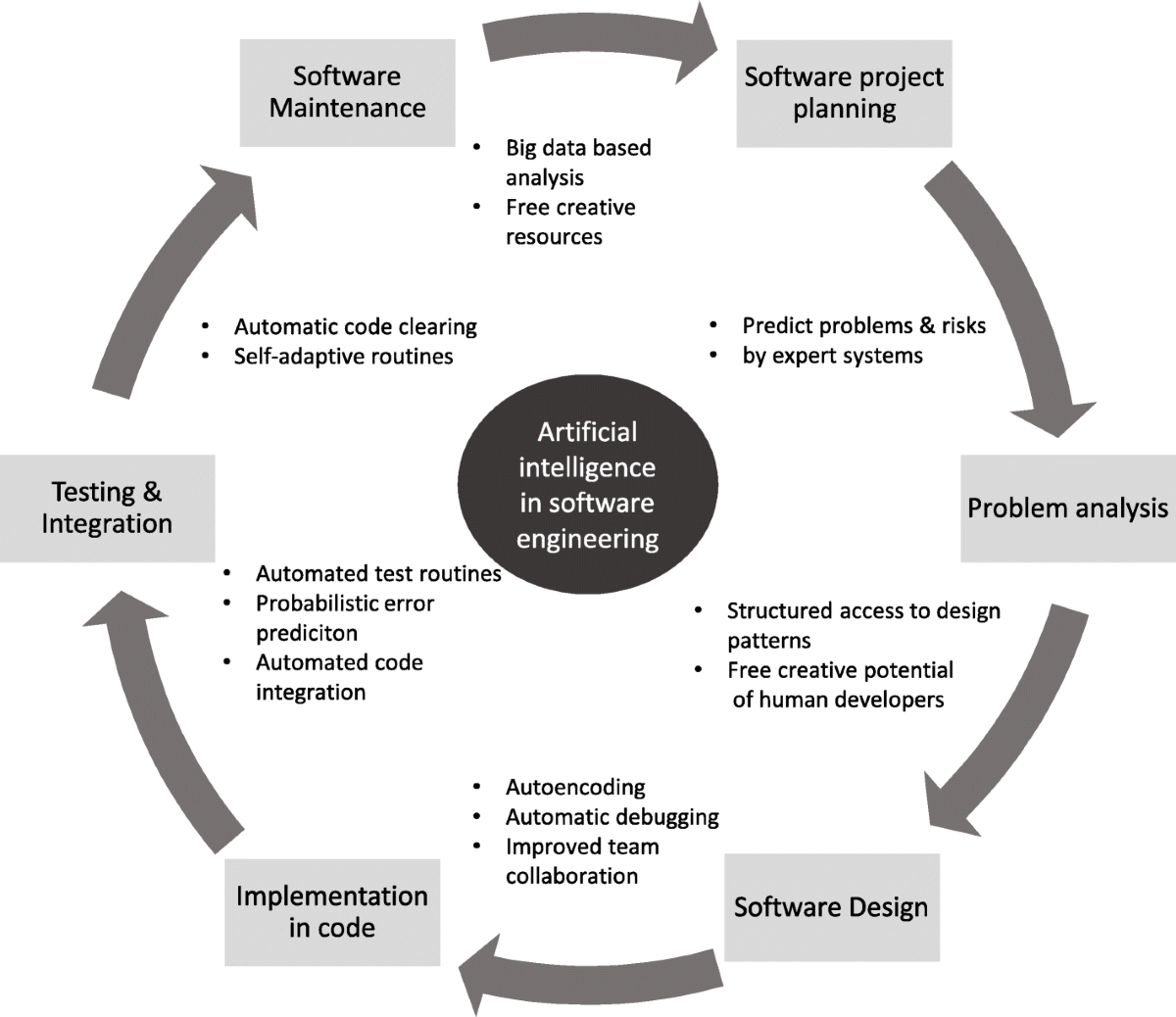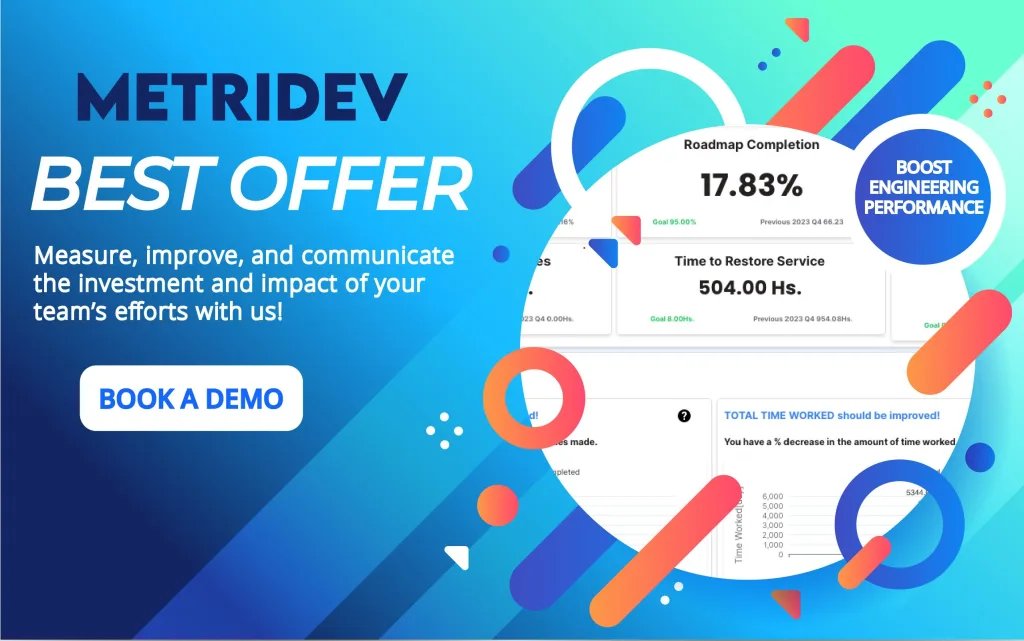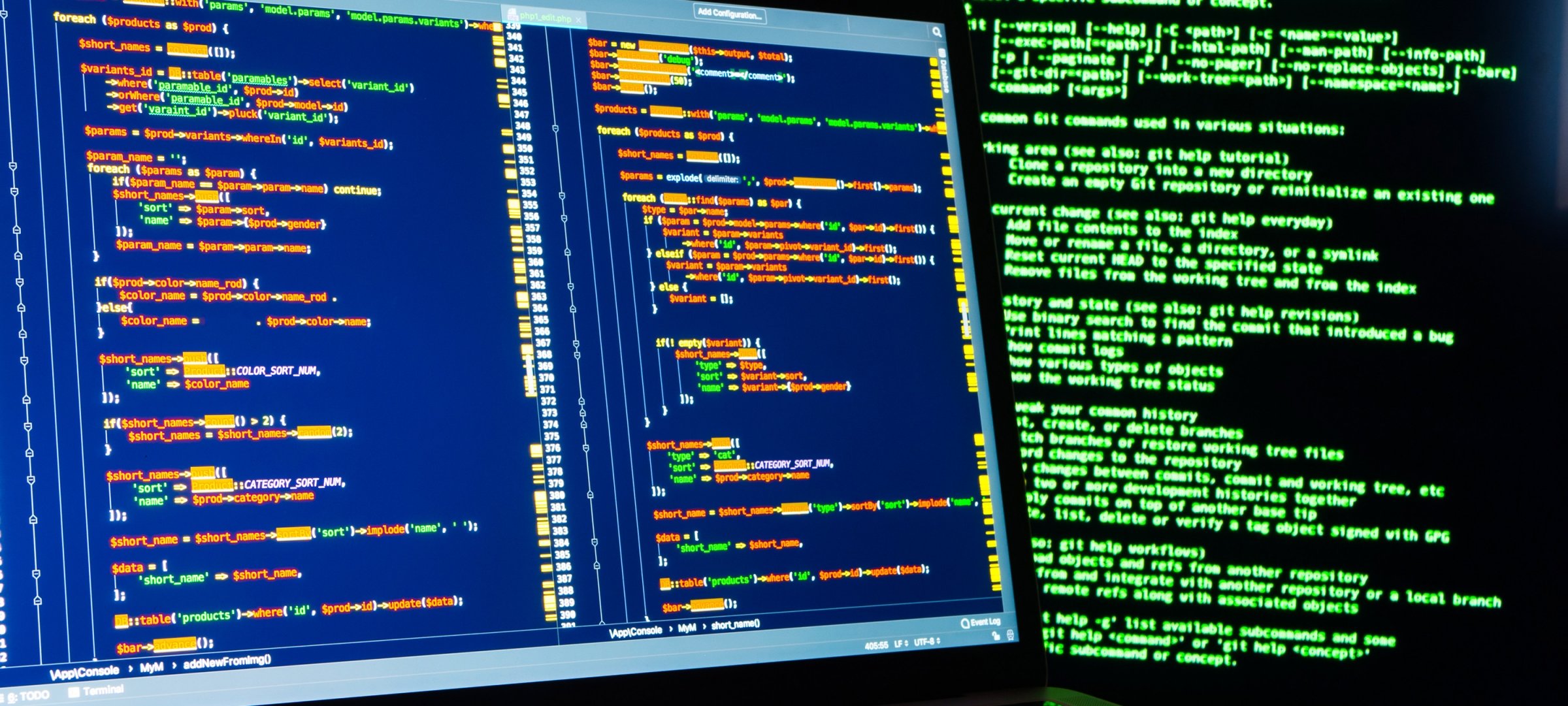All Categories
Featured
Table of Contents
- – Facts About Generative Ai For Software Develop...
- – Fascination About How To Become A Machine Lear...
- – What Does How To Become A Machine Learning En...
- – Examine This Report on Machine Learning Devel...
- – The Of Machine Learning Engineer Vs Software...
- – See This Report on What Is The Best Route Of...
You most likely recognize Santiago from his Twitter. On Twitter, daily, he shares a great deal of functional aspects of equipment learning. Many thanks, Santiago, for joining us today. Welcome. (2:39) Santiago: Thanks for welcoming me. (3:16) Alexey: Before we enter into our major topic of relocating from software application design to artificial intelligence, maybe we can start with your background.
I started as a software program designer. I went to university, obtained a computer technology level, and I started developing software application. I assume it was 2015 when I chose to go with a Master's in computer technology. At that time, I had no idea regarding artificial intelligence. I really did not have any passion in it.
I understand you've been using the term "transitioning from software engineering to machine discovering". I like the term "including in my ability the artificial intelligence abilities" extra since I think if you're a software application designer, you are currently giving a great deal of worth. By including machine learning now, you're enhancing the impact that you can carry the market.
Alexey: This comes back to one of your tweets or maybe it was from your program when you compare two approaches to learning. In this case, it was some trouble from Kaggle concerning this Titanic dataset, and you simply learn how to address this issue using a specific tool, like decision trees from SciKit Learn.
Facts About Generative Ai For Software Development Uncovered
You initially learn mathematics, or linear algebra, calculus. When you understand the math, you go to device knowing concept and you discover the concept. After that 4 years later on, you finally concern applications, "Okay, how do I use all these four years of mathematics to fix this Titanic trouble?" Right? In the former, you kind of conserve on your own some time, I assume.
If I have an electric outlet right here that I need changing, I don't wish to go to university, invest 4 years recognizing the mathematics behind power and the physics and all of that, just to change an electrical outlet. I would certainly instead begin with the outlet and locate a YouTube video clip that helps me experience the issue.
Poor analogy. You obtain the concept? (27:22) Santiago: I actually like the idea of beginning with a trouble, trying to throw away what I understand as much as that issue and comprehend why it doesn't work. Grab the devices that I require to resolve that trouble and start excavating much deeper and much deeper and much deeper from that factor on.
Alexey: Possibly we can talk a bit about discovering sources. You discussed in Kaggle there is an intro tutorial, where you can obtain and learn just how to make decision trees.
The only requirement for that course is that you understand a little bit of Python. If you go to my account, the tweet that's going to be on the top, the one that states "pinned tweet".
Fascination About How To Become A Machine Learning Engineer

Also if you're not a designer, you can begin with Python and work your means to even more artificial intelligence. This roadmap is concentrated on Coursera, which is a platform that I truly, actually like. You can audit all of the training courses completely free or you can pay for the Coursera registration to obtain certifications if you wish to.
Alexey: This comes back to one of your tweets or possibly it was from your course when you contrast two approaches to understanding. In this situation, it was some issue from Kaggle about this Titanic dataset, and you simply find out just how to resolve this trouble using a particular tool, like decision trees from SciKit Learn.

You first discover mathematics, or linear algebra, calculus. After that when you know the mathematics, you go to artificial intelligence theory and you find out the theory. Then four years later, you finally pertain to applications, "Okay, exactly how do I utilize all these 4 years of math to fix this Titanic issue?" Right? In the former, you kind of save on your own some time, I think.
If I have an electric outlet below that I require replacing, I don't intend to go to university, invest four years recognizing the mathematics behind electrical power and the physics and all of that, just to change an outlet. I prefer to start with the outlet and find a YouTube video that assists me experience the issue.
Poor example. You get the concept? (27:22) Santiago: I actually like the concept of starting with a problem, trying to toss out what I recognize as much as that problem and understand why it doesn't work. Order the tools that I require to solve that trouble and begin excavating much deeper and much deeper and much deeper from that point on.
Alexey: Possibly we can talk a bit regarding finding out sources. You discussed in Kaggle there is an intro tutorial, where you can obtain and find out exactly how to make decision trees.
What Does How To Become A Machine Learning Engineer (2025 Guide) Do?
The only requirement for that course is that you know a little bit of Python. If you go to my account, the tweet that's going to be on the top, the one that states "pinned tweet".
Even if you're not a developer, you can begin with Python and function your means to even more equipment discovering. This roadmap is focused on Coursera, which is a platform that I truly, truly like. You can examine every one of the courses free of charge or you can spend for the Coursera registration to obtain certifications if you intend to.
Examine This Report on Machine Learning Developer
That's what I would certainly do. Alexey: This returns to one of your tweets or possibly it was from your course when you compare two methods to understanding. One method is the trouble based strategy, which you just spoke about. You discover an issue. In this instance, it was some trouble from Kaggle about this Titanic dataset, and you simply find out just how to address this trouble utilizing a specific device, like choice trees from SciKit Learn.

You first find out math, or straight algebra, calculus. When you understand the mathematics, you go to device learning concept and you find out the concept.
If I have an electric outlet below that I require changing, I do not want to go to college, invest four years recognizing the math behind electrical energy and the physics and all of that, simply to alter an electrical outlet. I would certainly rather start with the outlet and locate a YouTube video clip that aids me go with the trouble.
Poor example. However you understand, right? (27:22) Santiago: I truly like the concept of starting with a problem, attempting to throw away what I understand up to that trouble and comprehend why it does not work. Get hold of the devices that I require to solve that problem and begin excavating deeper and much deeper and much deeper from that factor on.
Alexey: Possibly we can speak a little bit concerning learning resources. You pointed out in Kaggle there is an intro tutorial, where you can obtain and discover how to make choice trees.
The Of Machine Learning Engineer Vs Software Engineer
The only demand for that training course is that you know a bit of Python. If you're a programmer, that's an excellent starting factor. (38:48) Santiago: If you're not a designer, then I do have a pin on my Twitter account. If you most likely to my profile, the tweet that's mosting likely to be on the top, the one that states "pinned tweet".
Also if you're not a designer, you can start with Python and function your method to more machine knowing. This roadmap is focused on Coursera, which is a platform that I actually, actually like. You can examine every one of the programs absolutely free or you can pay for the Coursera membership to get certifications if you wish to.
That's what I would certainly do. Alexey: This returns to one of your tweets or maybe it was from your course when you compare 2 methods to understanding. One method is the issue based approach, which you simply spoke about. You discover a trouble. In this instance, it was some problem from Kaggle regarding this Titanic dataset, and you just discover how to solve this issue utilizing a details tool, like decision trees from SciKit Learn.
You initially find out mathematics, or linear algebra, calculus. When you recognize the mathematics, you go to machine learning concept and you find out the concept.
See This Report on What Is The Best Route Of Becoming An Ai Engineer?
If I have an electric outlet here that I require replacing, I do not wish to most likely to university, invest 4 years recognizing the mathematics behind electrical energy and the physics and all of that, just to change an electrical outlet. I prefer to start with the electrical outlet and discover a YouTube video that assists me experience the issue.
Santiago: I really like the idea of beginning with a trouble, attempting to toss out what I recognize up to that issue and recognize why it doesn't work. Grab the devices that I need to resolve that problem and begin digging much deeper and deeper and deeper from that factor on.

Alexey: Perhaps we can talk a bit concerning discovering resources. You pointed out in Kaggle there is an introduction tutorial, where you can obtain and learn exactly how to make choice trees.
The only demand for that course is that you understand a bit of Python. If you're a programmer, that's a great beginning factor. (38:48) Santiago: If you're not a programmer, after that I do have a pin on my Twitter account. If you most likely to my account, the tweet that's going to get on the top, the one that states "pinned tweet".
Also if you're not a designer, you can begin with Python and work your way to more artificial intelligence. This roadmap is concentrated on Coursera, which is a platform that I actually, truly like. You can investigate all of the programs free of charge or you can pay for the Coursera membership to obtain certifications if you want to.
Table of Contents
- – Facts About Generative Ai For Software Develop...
- – Fascination About How To Become A Machine Lear...
- – What Does How To Become A Machine Learning En...
- – Examine This Report on Machine Learning Devel...
- – The Of Machine Learning Engineer Vs Software...
- – See This Report on What Is The Best Route Of...
Latest Posts
The 10 Most Common Front-end Development Interview Questions
Amazon Software Developer Interview – Most Common Questions
Preparing For Your Full Loop Interview At Meta – What To Expect
More
Latest Posts
The 10 Most Common Front-end Development Interview Questions
Amazon Software Developer Interview – Most Common Questions
Preparing For Your Full Loop Interview At Meta – What To Expect